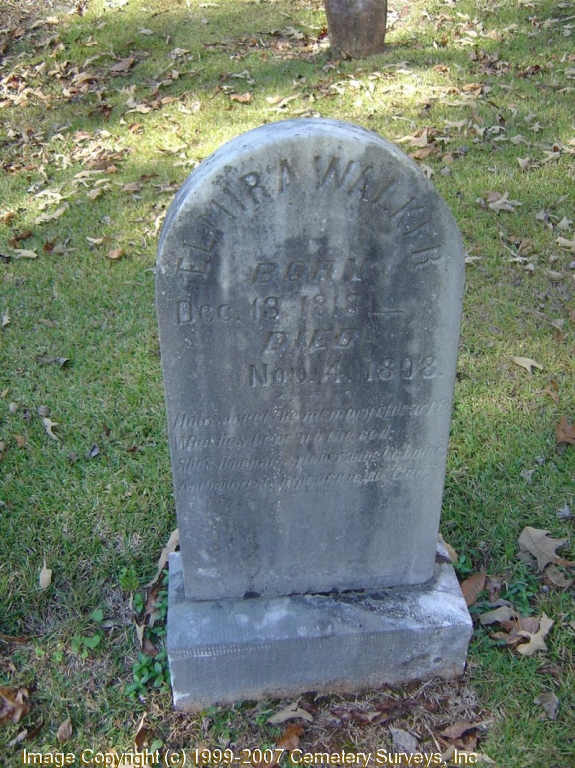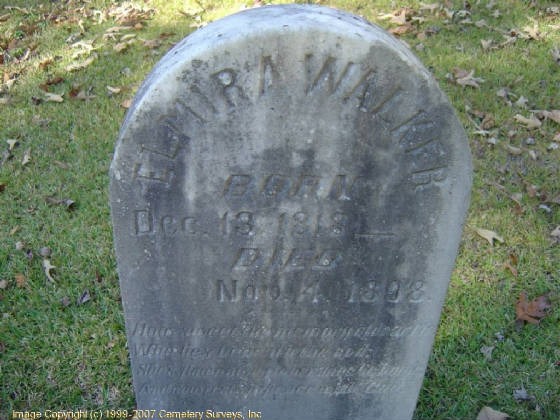 |
| Thomas' Legion |
| American Civil War HOMEPAGE |
| American Civil War |
| Causes of the Civil War : What Caused the Civil War |
| Organization of Union and Confederate Armies: Infantry, Cavalry, Artillery |
| Civil War Navy: Union Navy and Confederate Navy |
| American Civil War: The Soldier's Life |
| Civil War Turning Points |
| American Civil War: Casualties, Battles and Battlefields |
| Civil War Casualties, Fatalities & Statistics |
| Civil War Generals |
| American Civil War Desertion and Deserters: Union and Confederate |
| Civil War Prisoner of War: Union and Confederate Prison History |
| Civil War Reconstruction Era and Aftermath |
| American Civil War Genealogy and Research |
| Civil War |
| American Civil War Pictures - Photographs |
| African Americans and American Civil War History |
| American Civil War Store |
| American Civil War Polls |
| NORTH CAROLINA HISTORY |
| North Carolina Civil War History |
| North Carolina American Civil War Statistics, Battles, History |
| North Carolina Civil War History and Battles |
| North Carolina Civil War Regiments and Battles |
| North Carolina Coast: American Civil War |
| HISTORY OF WESTERN NORTH CAROLINA |
| Western North Carolina and the American Civil War |
| Western North Carolina: Civil War Troops, Regiments, Units |
| North Carolina: American Civil War Photos |
| Cherokee Chief William Holland Thomas |
| HISTORY OF THE CHEROKEE INDIANS |
| Cherokee Indian Heritage, History, Culture, Customs, Ceremonies, and Religion |
| Cherokee Indians: American Civil War |
| History of the Eastern Band of Cherokee Indian Nation |
| Cherokee War Rituals, Culture, Festivals, Government, and Beliefs |
| Researching your Cherokee Heritage |
| Civil War Diary, Memoirs, Letters, and Newspapers |
|
|
 |
|
Elmira Mary Taylor Walker
December 13, 1818 - November 4, 1898
Born in Blount, Tennessee, and died in Cherokee County, North Carolina
Married Lt. Col. William Clay Walker on February 7, 1841, in Cherokee County, North Carolina
Interred af Walker Family Cemetery (Panther Top Rd.), Cherokee County, N.C.


|
 |
|
While her
husband, Lieutenant Colonel William Clay Walker, was home in Cherokee County during sick leave on January
3, 1864, he was murdered by outlaws as his wife stood helpless in the midst.
Additional Reading (includes genealogy):
Recommended Reading: Touring the Carolina's Civil War Sites
(Touring the Backroads Series). Description: Touring the Carolina's Civil War Sites helps travelers find the Carolinas' famous
Civil War battlefields, forts, and memorials, as well as the lesser skirmish sites, homes, and towns that also played a significant
role in the war. The book's 19 tours, which cover the 'entire Carolinas,' combine riveting history with clear, concise directions
and maps, creating a book that is as fascinating to the armchair reader as it is to the person interested in heritage travel.
Below are some examples from this outstanding book:
1. Fort Fisher
- the largest sea fort in the war that protected the vital town of Wilmington N.C., and the blockade runners so important
for supplying Lee's Army of Northern Virginia.
2. Charleston - where the whole shootin' match
started.
3. Bentonville - the last large scale battle of the war.
4.
Outer Banks - early Union victories here were vital to capturing many parts of Eastern North Carolina from which the Union
could launch several offensives.
5. Sherman's March - the destruction of certain towns in both
Carolinas (particularly South Carolina) further weakened the South's will to continue the struggle.
I also enjoyed reading
about the locations of various gravesites of Confederate generals and their Civil War service. Indeed, if not for this book,
this native North Carolinian and long-time Civil War buff may never have learned of, and visited, the locations of some of
the lesser-known sites other than those mentioned above.
Johnson's writing style is smooth--without being overly simplistic--and
contains several anecdotes (some humorous ones too) of the interesting events which took place during the Civil War years.
Highly recommended!
Recommended
Reading: Touring the Western North Carolina
Backroads (Touring the Backroads). Editorial
Review: This guidebook, unlike most, is so
encyclopedic in scope that I give it as a gift to newcomers to the area. It is also an invaluable reference for the visitor
who wants to see more than the fabulous Biltmore Estate. Even though I am a native of the area, I learned nearly everything
I know about Western North Carolina from this book alone and it is my primary reference.
I am still amazed at how much fact, history and folklore [just enough to bring alive the curve of the road, the odd landmark,
the abandoned building] is packed in its 300 pages. The author, who must have collapsed from exhaustion when she finished
it, takes you on a detailed tour, laid out by the tenth of the mile, of carefully drawn sections of backroads that you can
follow leisurely without getting lost. Continued below...
The author
is completely absent from the text. The lucid style will please readers who want the facts, not editorial comment. This book,
as well as the others in this publisher's backroads series, makes an excellent gift for anyone, especially the many seniors
who have relocated, or are considering relocating to this fascinating region. It is also a valuable reference for natives,
like me, who didn't know how much they didn't know.
Recommended Reading:
Confederates in the Attic: Dispatches from the Unfinished
Civil War. Description: Pulitzer Prize-winning journalist Tony Horwitz returned from years of traipsing through
war zones as a foreign correspondent only to find that his childhood obsession with the Civil War had caught up with him.
Near his house in Virginia, he happened to encounter people
who reenact the Civil War--men who dress up in period costumes and live as Johnny Rebs and Billy Yanks. Intrigued, he wound
up having some odd adventures with the "hardcores," the fellows who try to immerse themselves in the war, hoping to get what
they lovingly term a "period rush." Horwitz spent two years reporting on why Americans are still so obsessed with the war,
and the ways in which it resonates today. Continued below...
In the course of his work, he made a sobering side trip to cover a "murder that was provoked by the display
of the Confederate flag," and he spoke to a number of people seeking to honor their ancestors who fought for the Confederacy.
Horwitz has a flair for odd details that spark insights, and Confederates in the Attic is a thoughtful and entertaining
book that does much to explain America's continuing obsession with the Civil War.
Recommended
Reading: Tracing Your Civil War
Ancestor (Hardcover). Description: It is tantalizing
to speculate about the role your ancestors may have played in the great national drama of the Civil War. But family records
are often inaccurate, or provide precious few leads on where to begin the search. Now, experienced historian Bertram Hawthorne
Groene shows you how easy it is to trace your forbearers' role in the war, where and how long they fought, whether they were
Union or Rebel, soldier or sailor -- even with a minimum of information. Continued below...
Tracing Your
Civil War Ancestor provides you with:
-- The names
and addresses of all state archives.
-- Names and
addresses of institutions that hold microfilmed service records from the national archives.
-- Names and
publishers of useful regional Civil War reference books.
-- Names and
publishers of sourcebooks for identifying Civil War weapons and accoutrements.
-- And much
more.
Historians,
genealogists, antique dealers, and collectors of Civil War artifacts will find this concise guidebook of great value. But
most of all it is of inestimable practical value to family historians, North and South, who are discovering the pleasure and
satisfaction of compiling an accurate family history.
|
 |
|
|
 |
|
|
 |
|
|
|
|
|
|
 |

